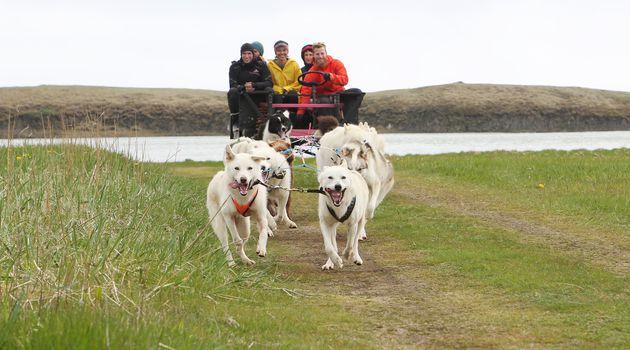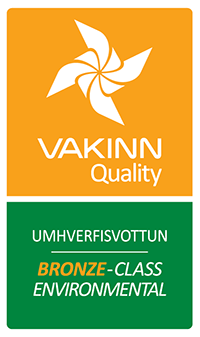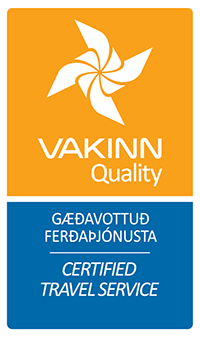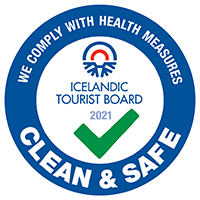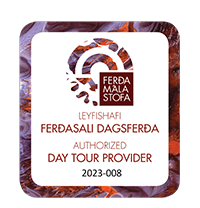March in Iceland offers a blend of winter and early spring, making it one of the best months to visit if you want to experience the Northern Lights, frozen landscapes, and increasing daylight hours. While temperatures are still cold, the weather begins to improve compared to the peak winter months of December to February.
This guide covers everything you need to know about visiting Iceland in March, including weather, road conditions, must-see attractions, and travel tips.
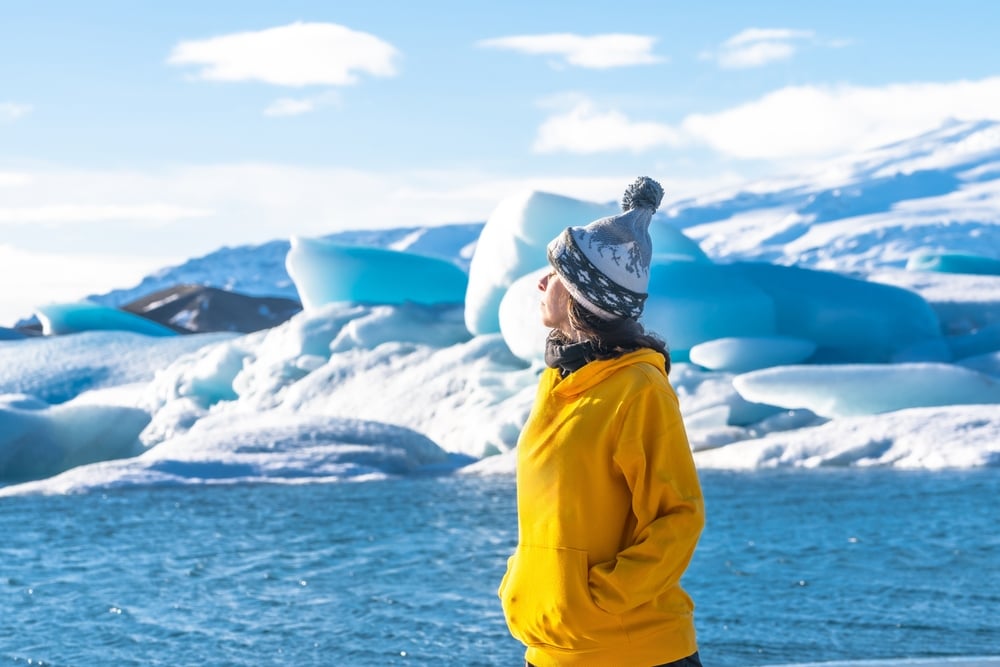
Is March a Good Time to Visit Iceland?
Absolutely! March is one of the best months to visit Iceland because you get the best of both worlds:
✅ Winter magic – Snowy landscapes, ice caves, and frozen waterfalls.
✅ Northern Lights season – March is one of the last months to see them.
✅ More daylight hours – Around 10-13 hours of daylight.
✅ Better driving conditions – While still icy, roads are improving.
✅ Fewer tourists – It’s less crowded than peak winter months.
However, March still has unpredictable weather, so it’s essential to be prepared for snowstorms, wind, and icy conditions.
Iceland Weather in March
March in Iceland is still cold, but temperatures are slightly warmer than in mid-winter.
Average Temperatures
🌡️ -2°C to 4°C (28°F to 39°F)
- Coastal areas (like Reykjavik) are warmer, while inland areas and the Highlands are colder.
- Wind chill can make it feel much colder, so layering is essential.
Daylight Hours in March
☀️ 10-13 hours of daylight
- Early March: Sunrise at 8:30 AM, sunset at 6:45 PM.
- Late March: Sunrise at 6:45 AM, sunset at 8:15 PM.
- March 21st marks the Spring Equinox, where daylight equals nighttime.
Snow & Rainfall
❄️ Snow is still common, but it starts melting toward the end of March.
💨 Wind can be strong, especially in open areas like the South Coast.
🌧️ Rain is possible, especially in coastal regions.
💡 Tip: Always check the Icelandic weather forecast before heading out, as conditions change quickly.
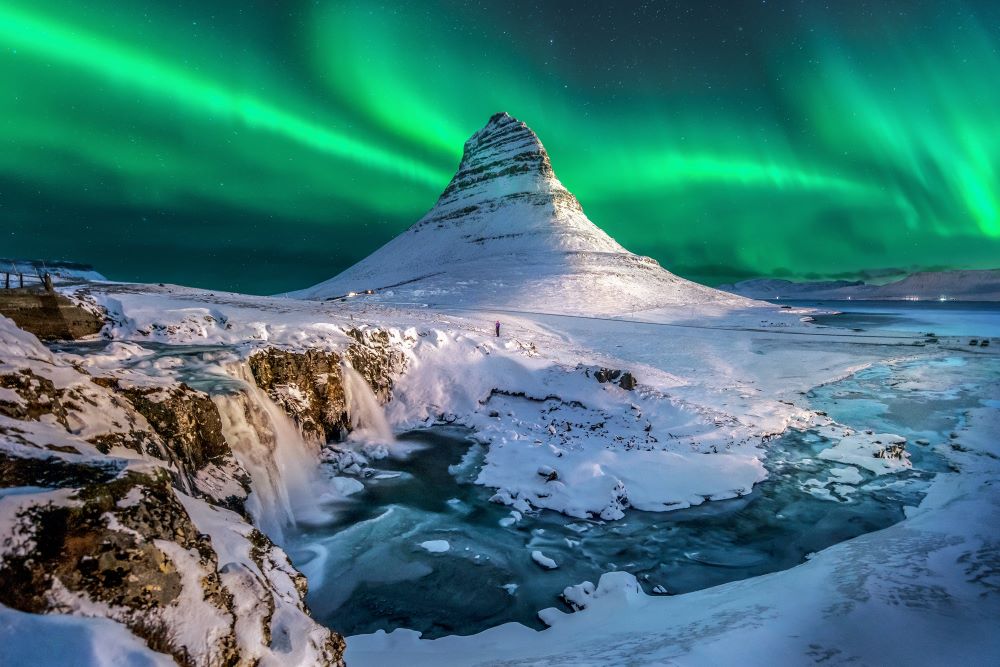
Best Things to Do in Iceland in March
1. See the Northern Lights Before the Season Ends
March is one of the last months to see the Northern Lights before the midnight sun returns in summer.
🔹 Best Northern Lights Spots:
- Þingvellir National Park (near Reykjavik)
- Jökulsárlón Glacier Lagoon
- Kirkjufell Mountain (famous for its photos)
- Remote areas with little light pollution
💡 Tip: Book a guided Northern Lights tour for better chances of seeing them!
2. Visit Ice Caves Before They Melt
Ice cave tours only run until mid to late March, making this your last chance before they disappear until next winter.
🔹 Best Ice Caves to Visit:
- Crystal Ice Cave in Vatnajökull National Park
- Katla Ice Cave (accessible year-round)
💡 Tip: Ice caves can be dangerous—always go with a certified guide!
3. Explore Reykjavik’s Top Attractions
Reykjavik is a great base for exploring Iceland. Must-see places include:
- Hallgrímskirkja Church – Take the elevator for city views.
- Harpa Concert Hall – A stunning glass building with concerts and events.
- Perlan Museum – Features an indoor ice cave and a Northern Lights planetarium show.
💡 Tip: Reykjavik has great coffee shops, perfect for warming up! See our Reykjavik Cafe guide.
4. Drive the Golden Circle
The Golden Circle is one of Iceland’s most popular scenic routes, and March is a great time to visit with fewer tourists.
🚗 Golden Circle Stops:
- Þingvellir National Park – Walk between tectonic plates.
- Geysir Hot Springs – See the famous Strokkur geyser erupt every 5-10 minutes.
- Gullfoss Waterfall – A massive waterfall, often surrounded by ice in March.
💡 Tip: Roads can still be icy, so rent a 4x4 for safer driving.
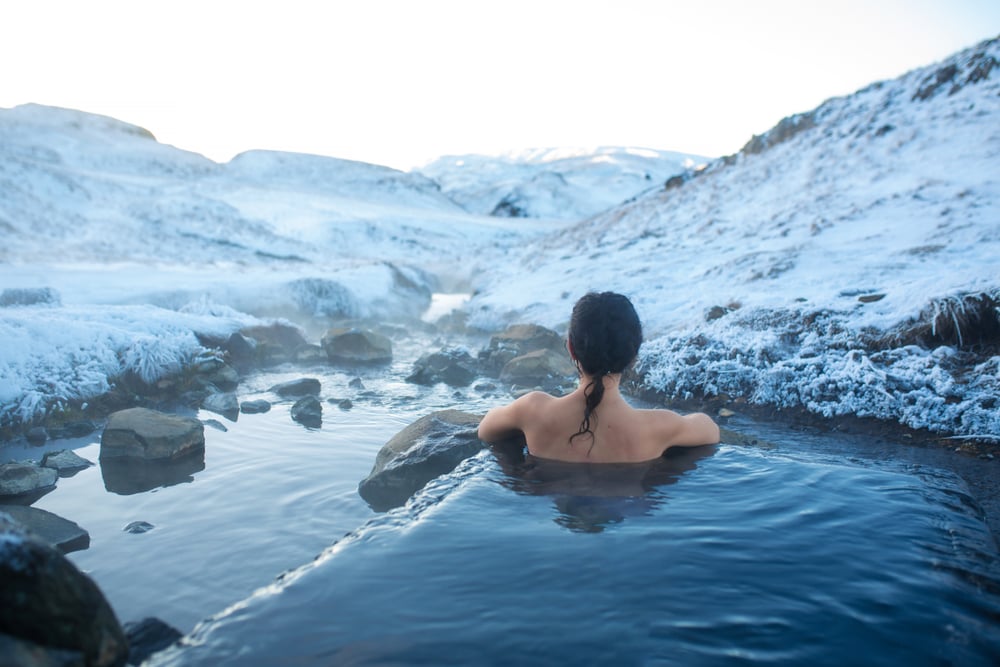
5. Experience Iceland’s Hot Springs
Nothing beats relaxing in a geothermal hot spring while surrounded by snow!
🔹 Best Hot Springs in March:
- Sky Lagoon – A luxurious infinity pool with an Icelandic spa ritual.
- Blue Lagoon – The most famous hot spring, located near the airport.
- Secret Lagoon – A natural, less touristy alternative.
💡 Tip: Book in advance, as hot springs get busy even in March.
Road Conditions & Driving in March
🚗 Is it safe to drive in March?
Yes, but only if you’re experienced with winter driving.
- Main roads are plowed, but side roads can be icy or closed.
- The Ring Road (Route 1) is mostly driveable, but conditions can change fast.
- F-roads (Highland roads) are closed until summer.
💡 Tip: Rent a 4x4 vehicle and check road.is for live road conditions.
Packing List for Iceland in March
✅ Thermal base layers (merino wool is best)
✅ Waterproof jacket & pants (for snow & rain)
✅ Insulated boots (with good traction)
✅ Gloves, hat, & scarf (for wind protection)
✅ Sunglasses (snow glare can be strong)
Conclusion
Visiting Iceland in March is a fantastic experience, offering Northern Lights, ice caves, hot springs, and fewer tourists compared to peak winter months. While the weather is still cold, March provides longer daylight hours and improving road conditions, making it an ideal time for adventure. For more info on Iceland's weather and seasons, check out this month-by-month temperature guide and details on the best time to visit.
🚗 Thinking of renting a car? Just make sure to check the local time and plan your driving conditions carefully — and always drive safely in winter weather!

